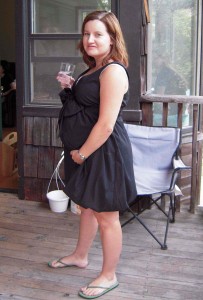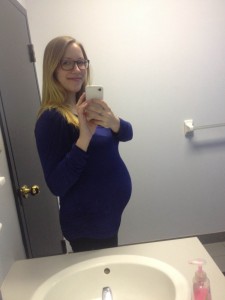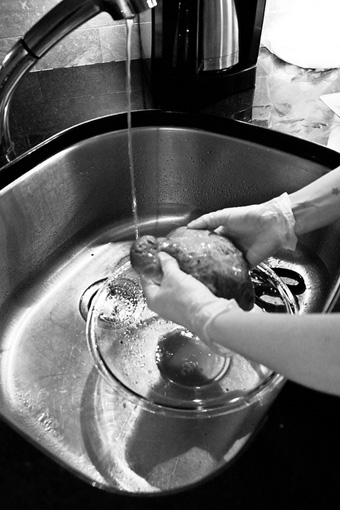The host blood-brain and placental barriers act as critical ramparts to infections from microbial pathogens, yet some have evolved mechanisms to breach the cellular obstacles that lie in their path. Unlocking the underlying mechanisms of host barrier permissiveness to microbes is critical to understanding the etiology of many infectious diseases.
 The common foodborne bacteria Listeria monocytogenes (Lm) can survive and proliferate within the intestinal lumen of the host, which then often progresses to the bacteria traversing the blood-brain barrier, causing meningitis and encephalitis, as well as the placental barrier, resulting in severe neonatal infection or miscarriage.
The common foodborne bacteria Listeria monocytogenes (Lm) can survive and proliferate within the intestinal lumen of the host, which then often progresses to the bacteria traversing the blood-brain barrier, causing meningitis and encephalitis, as well as the placental barrier, resulting in severe neonatal infection or miscarriage.
Researchers at the Pasteur Institute in Paris have discovered the protein pathways that are responsible for allowing Listeria to circumvent host barriers. The results from this study were published today in the Journal of Experimental Medicine within an article entitled “PI3-kinase activation is critical for host barrier permissiveness to Listeria monocytogenes”.
Listeria relies on two surface proteins called internalins, InlA and InlB, to guide them across mucosal tissue barriers. These proteins bind to receptors on the surface of host cells and are required for the bacteria to traverse the placenta, but InlA alone can thrust it across the intestine. The underlying difference between InlA and InlB is still being investigated.
The scientists discovered that the invasion process was dependent upon the enzymatic activity of the host cell phosphoinositide 3-kinase (PI3K) pathway. Marc Lecuit, M.D., Ph.D., Head of the Biology of Infections Unit at the Pasteur Institute and senior author on the study, and his colleagues found that although PI3K is turned on by both of Listeria’s internalins, only InlB has an inherent mechanism for flipping the switch.
“We show that Lm intestinal target cells exhibit a constitutive PI3-K activity, rendering InlB dispensable for InlA-dependent Lm intestinal barrier crossing. In contrast, the placental barrier does not exhibit constitutive PI3-K activity, making InlB necessary for InlA-dependent Lm placental invasion,” the paper noted.
 Since many organisms share evolutionarily conserved mechanisms for successful survival and proliferation, these findings may offer much needed insight into how other pathogenic organisms are able to take up pervasive residence inside host tissues.
Since many organisms share evolutionarily conserved mechanisms for successful survival and proliferation, these findings may offer much needed insight into how other pathogenic organisms are able to take up pervasive residence inside host tissues.
“These results illustrate how microbial pathogens have evolved to invade mammalian tissues, taking advantage of both similarities and differences of host barriers. They also suggest that the absence of placental constitutive PI3-K activity may reinforce its barrier function toward pathogens, with the exception of those that have evolved ways to stimulate it exogenously, like Lm,” the authors concluded.
 But a smoothie? And of course, it’s the affluent.
But a smoothie? And of course, it’s the affluent.


 be encapsulated and consumed. Occasionally I will do the work in my home if the mother so desires. The method employed is based on a recipe from Traditional Chinese Medicine and yields approximately 80-110 capsules that are taken throughout the postpartum period. Nutrients and hormones are replenished, supporting the new mother as her energy returns, encouraging an abundant milk supply and helping to ward off postpartum depression.
be encapsulated and consumed. Occasionally I will do the work in my home if the mother so desires. The method employed is based on a recipe from Traditional Chinese Medicine and yields approximately 80-110 capsules that are taken throughout the postpartum period. Nutrients and hormones are replenished, supporting the new mother as her energy returns, encouraging an abundant milk supply and helping to ward off postpartum depression. My four daughters were born at home under the supervision of trained midwives. A question always arose: what to do with the placenta?
My four daughters were born at home under the supervision of trained midwives. A question always arose: what to do with the placenta?